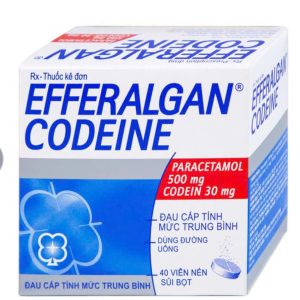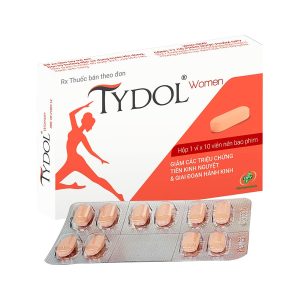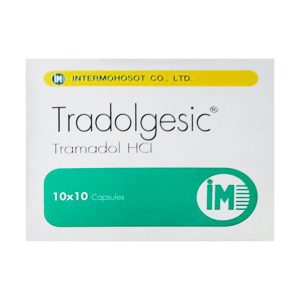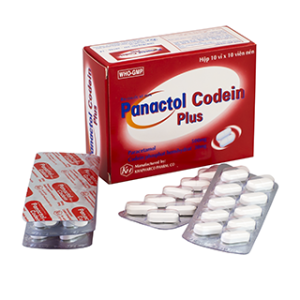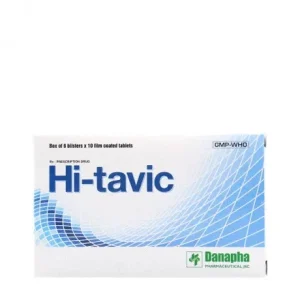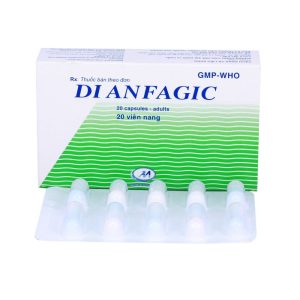We deliver to you every day from 7:00 to 23:00
The best discounts this week
Every week you can find the best discounts here.
Effective Pain Relief: The Best Solutions for Every Condition
Pain can disrupt daily life, affecting everything from work to sleep. Whether you suffer from chronic pain, muscle soreness, or joint discomfort, finding the right relief is essential. In this guide, we’ll explore proven pain relief methods, including medications, natural remedies, and lifestyle changes to help you manage pain effectively.

1. Understanding Pain: Acute vs. Chronic
Before choosing a pain relief method, it’s crucial to understand the type of pain you’re experiencing:
-
Acute Pain: Sudden pain due to an injury, surgery, or infection. It usually disappears once the cause is treated.
-
Chronic Pain: Lasts for months or even years, often linked to conditions like arthritis, migraines, or nerve damage.
Each type requires a different approach to pain management, which we’ll cover in detail below.
2. Over-the-Counter (OTC) Pain Relievers
OTC medications are a quick and effective solution for mild to moderate pain.
Common OTC Pain Relievers:
-
Acetaminophen (Tylenol): Best for headaches and general body aches.
-
Non-Steroidal Anti-Inflammatory Drugs (NSAIDs): Includes ibuprofen (Advil) and naproxen (Aleve), effective for inflammation-related pain.
-
Aspirin: Used for pain relief and heart health but should be taken with caution.

Pro Tip: Avoid excessive use of NSAIDs as they may cause stomach issues or kidney problems.
For more advanced pain relief, prescription medications may be necessary.
3. Prescription Medications for Severe Pain
Doctors may prescribe stronger medications for chronic or severe pain, including:
-
Opioids (Morphine, Oxycodone, Tramadol): Used for severe pain but carry a risk of addiction.
-
Muscle Relaxants: Such as baclofen or cyclobenzaprine, helpful for muscle spasms.
-
Corticosteroids: Reduce inflammation in conditions like arthritis.
Prescription pain relief should always be taken under medical supervision to prevent dependency.
4. Topical Pain Relief Solutions
Topical treatments provide targeted relief without affecting the entire body.
Popular Topical Solutions:
-
Pain relief creams & gels (Deep Heat, Voltaren)
-
Lidocaine patches (numbing effect)
-
Capsaicin creams (reduces nerve pain)
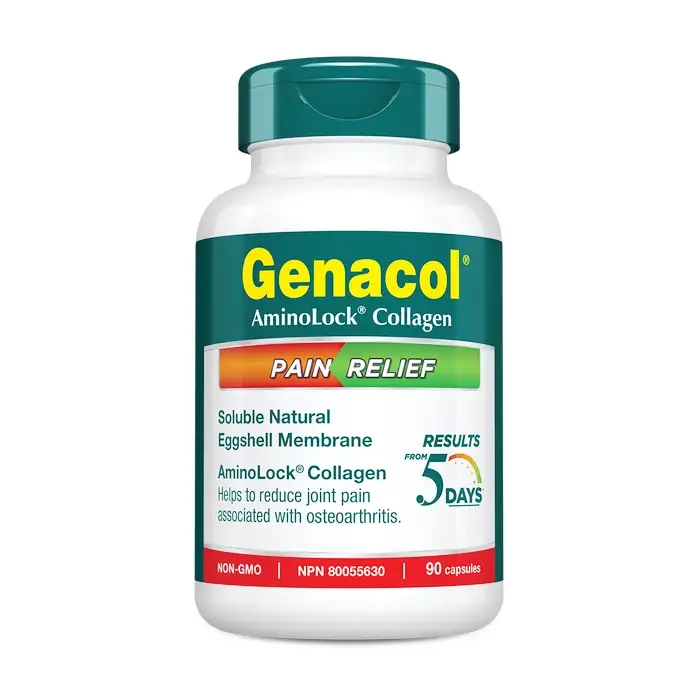
These are excellent for conditions like arthritis, muscle pain, or post-workout soreness.
5. Natural Remedies for Pain Relief
For those seeking drug-free alternatives, natural pain relief methods can be highly effective.
Best Natural Remedies:
-
Turmeric & Ginger: Powerful anti-inflammatory properties.
-
CBD Oil: Growing in popularity for nerve pain and inflammation.
-
Essential Oils: Peppermint and eucalyptus help soothe sore muscles.
-
Heat & Cold Therapy: Alternating between heat packs and ice reduces swelling and pain.
Did you know? Studies show that acupuncture can significantly reduce chronic pain by stimulating pressure points in the body.
If you’re dealing with chronic pain, consider combining natural remedies with traditional treatments for the best results.
6. Exercise & Physical Therapy for Pain Relief
Staying active is one of the most effective ways to manage chronic pain.
Top Exercises for Pain Management:
-
Stretching & Yoga: Improves flexibility and reduces stiffness.
-
Swimming & Water Therapy: Low-impact, great for arthritis and back pain.
-
Strength Training: Helps prevent injuries by strengthening muscles.
️ Fun Fact: Studies show that regular exercise boosts endorphin levels, which act as natural painkillers!
For those struggling with severe pain, working with a physical therapist can make a significant difference.
7. Lifestyle Changes to Prevent Pain
Preventing pain before it starts is always better than treating it later.
Best Lifestyle Habits for Pain Prevention:
-
Maintain a Healthy Weight: Extra weight puts pressure on joints and muscles.
-
Improve Posture: Poor posture leads to back and neck pain.
-
Stay Hydrated: Dehydration can cause muscle cramps and headaches.
-
Get Enough Sleep: Sleep is essential for muscle recovery and pain management.
Making small daily changes can prevent pain and improve overall health.
8. When to See a Doctor for Pain Relief
Not all pain can be treated at home. See a doctor if:
-
The pain lasts more than three months (chronic pain).
-
It worsens over time, despite treatment.
-
You experience numbness, tingling, or weakness in affected areas.
-
Pain interferes with daily activities, sleep, or mental health.
A healthcare professional can help determine the best treatment plan for long-term pain relief.
Conclusion: Choosing the Right Pain Relief Method
Finding the best pain relief depends on the cause, severity, and your body’s response to treatments. While OTC medications and prescriptions are effective, natural remedies, lifestyle changes, and physical therapy can provide long-term relief.
If you’re looking for automation tools for SEO, social media, and business growth, check out DUYTHIN.DIGITAL. We help businesses streamline tasks on Facebook, Zalo, Telegram, Google SEO, TikTok, and more!
FAQs About Pain Relief
1. What is the fastest way to relieve pain?
OTC pain relievers like ibuprofen or acetaminophen work quickly. For muscle pain, a hot/cold compress provides fast relief.
2. Are natural remedies as effective as medications?
Some, like CBD oil, turmeric, and acupuncture, have been proven effective. However, for severe pain, medical treatment is often necessary.
3. How can I relieve pain without medication?
Try heat therapy, massage, stretching exercises, and mindfulness techniques to manage pain naturally.
4. When should I stop using painkillers?
Use painkillers only as directed. If you need them for more than two weeks, consult a doctor to avoid dependency.
5. Can stress cause physical pain?
Yes! Chronic stress leads to muscle tension, headaches, and digestive issues. Managing stress can reduce pain naturally.
By combining science-backed pain relief methods with healthy habits, you can take control of your pain and live a healthier, more active life!

